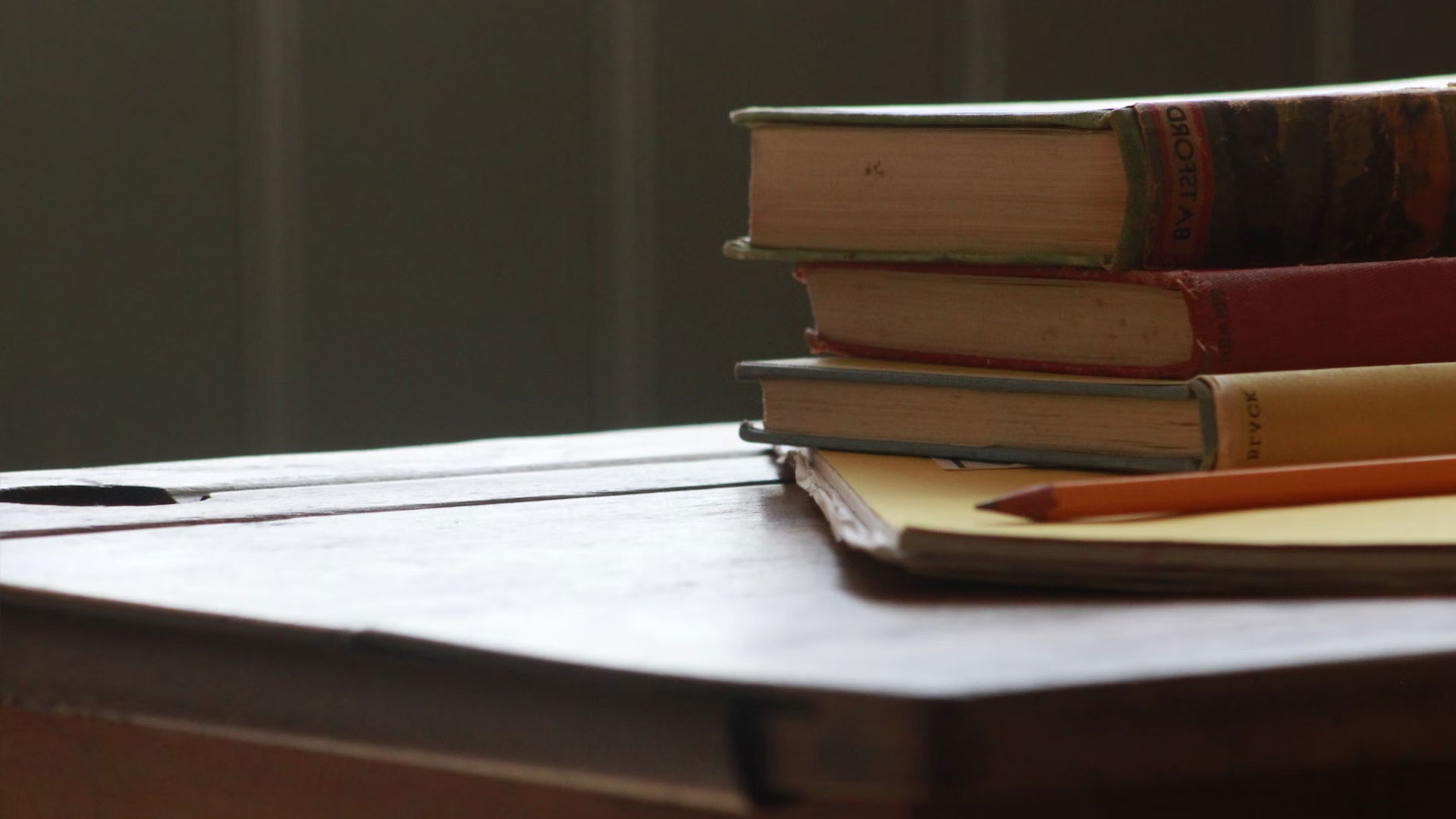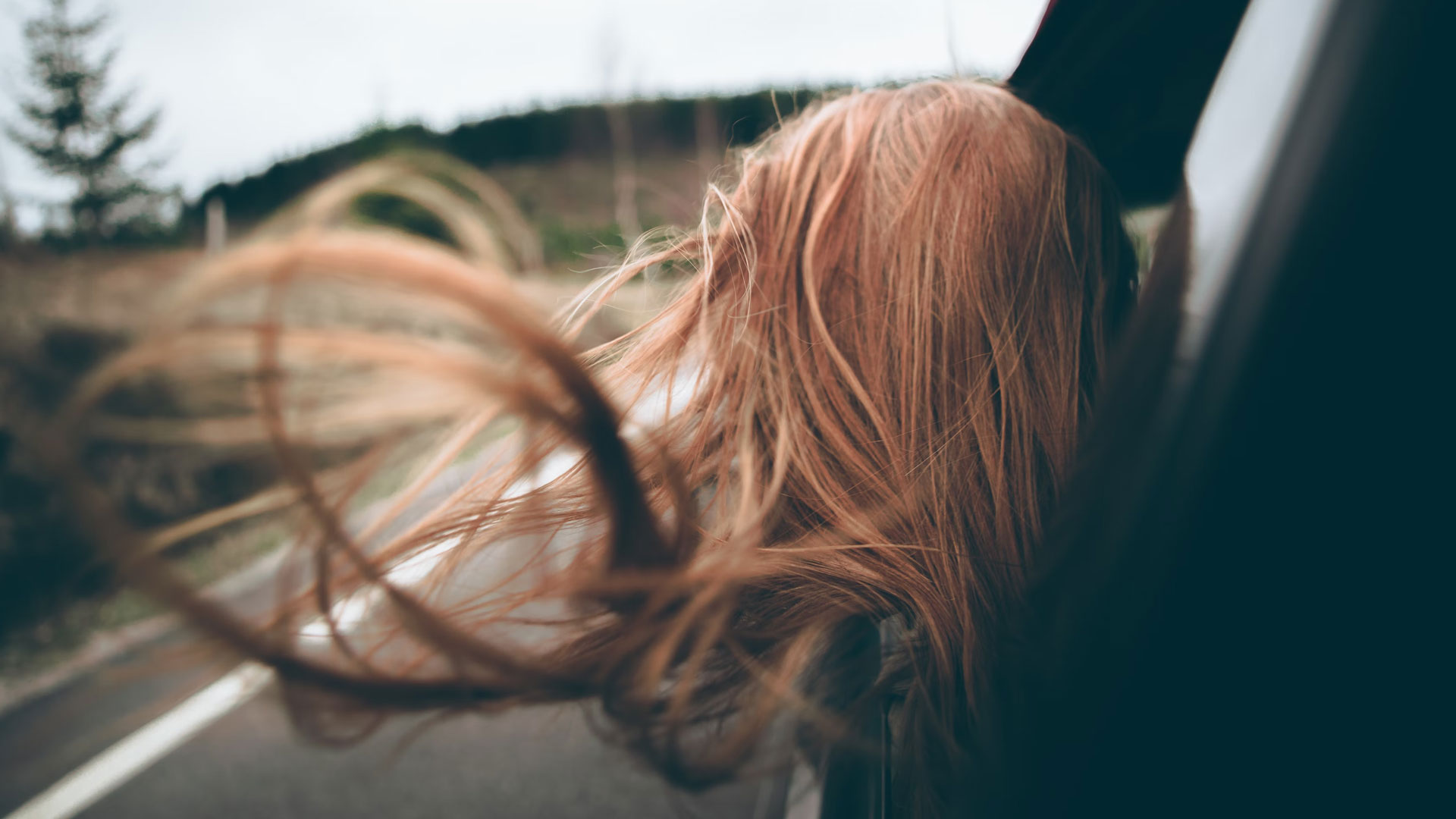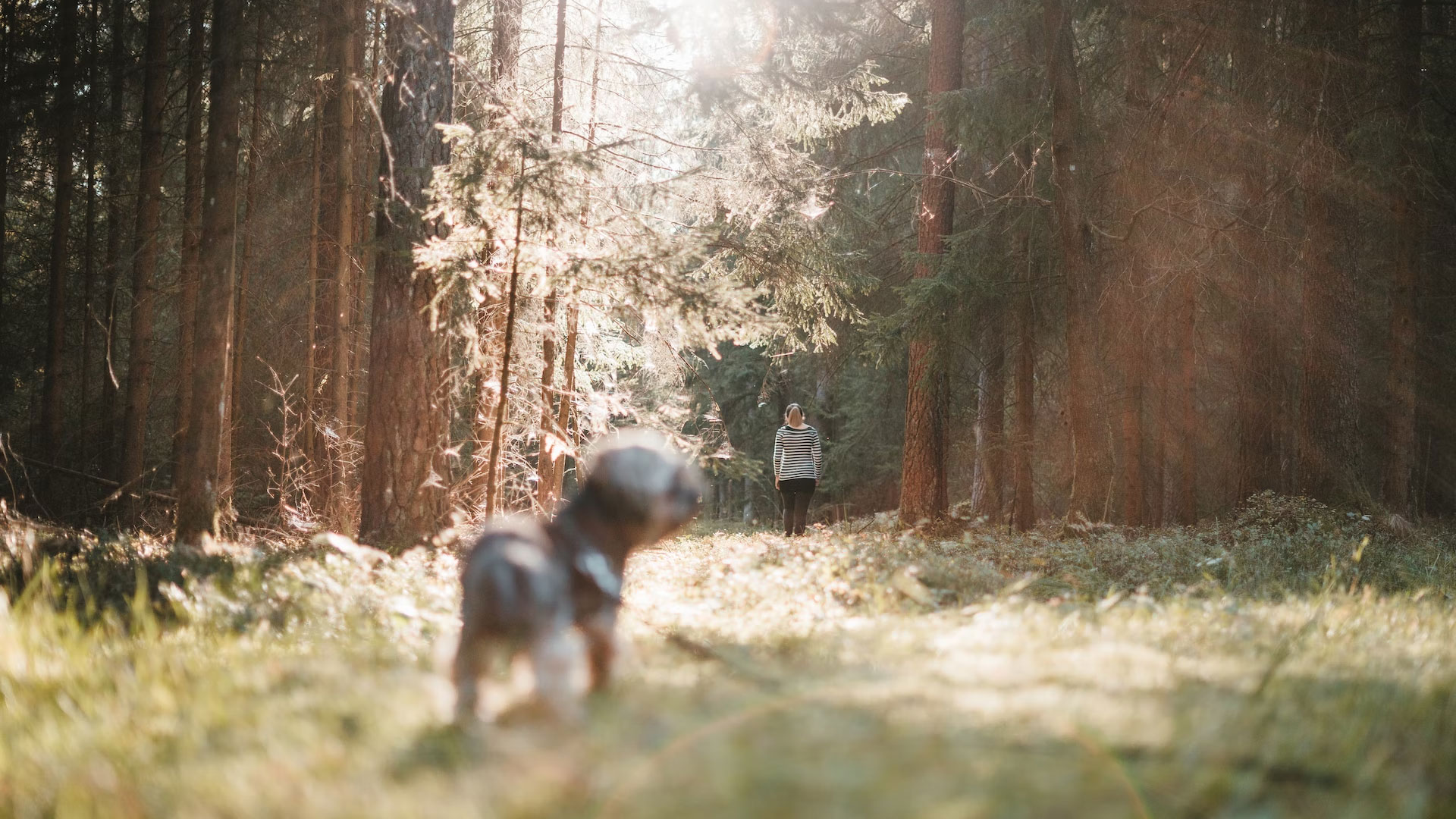As a resident I like to cycle, it gives me a sense of freedom; I can go at my own pace, stop whenever I want to. I love to feel the air on my skin, and the wind in my face, and the sun on my skin. The old Celtic Blessing has never been more apt!
I hear silence. I hear the voice of nature. I hear birds calling and singing. A golden eagle shrieks high in the sky above me. Once common throughout Wales
in the 1800s, they were successfully reintroduced into the park 10 years ago. I hear the wind rustling through the leaves of the trees. There are so many more trees now, and with climate change, many different species have been successfully introduced to replace the native stock that tragically suffered from the tree pandemics of the 2020s.
I stop at a river crossing. It runs clear and clean, and the sound of rippling water fills my ears, I hear a large swoosh in the water and notice an otter playing in the shallows with her cub. Water birds sing from the undergrowth and the banks, a Reed Warbler flits through the rushes in the nearby bog. Since the traffic has been controlled the aural soundscape has become so enlivened with the sounds of nature, it is wonderful to now experience this.
There is a scent of late summer floral blossom in the air, The hedges are full of meadowsweet, honeysuckle, and mallow in blossom. Changes in agri- cultural methods have resulted in the hedgerows becoming much wilder and more abundant with flowers, berries, and insect life. The heather on the moor above me is beginning to flower. Bees are out collecting late-season nectar.
The late-season hay is being cut in the wildflower meadows, and there is a wonderful rich smell of drying herbage that permeates the late evening air as the sun turns the landscape gold. The electric-powered tractor silently turns the hay, sending insects and dust up into the surroundings, reflecting gold in the evening light. Lime trees and sweet chestnuts in savannah-style field plantings are in flower and their canopies are humming with life and the air around them is sweet with the smell of pollen
I strip off and find a swimming hole in the River Usk, the water is beautifully clean, and cool for the time of year. The freshwater invigorates my skin and as I lie on a shingle bank half floating half suspended, I gaze up at the blue sky above me. I am totally at peace; nothing can beat this sensation.
The Usk has recently been declared the cleanest river in Wales, and a colony of freshwater mussels have successfully reinhabited the upper reaches of the river. It is abundant with life and I am feeling lucky that I can share this with all the other creatures that now can safely call this their home.
As I leave the water something catches my eye, I reach down and pick up a small elongated cylindrical object, I’m pretty sure that it is some kind of scat or spraint. I check on my phone and it confirms my thought that this is Beaver drop-pings. Over the last 10 years, Beavers have made the upper reaches of the Usk their home. Being nocturnal animals, they have been hard to spot, but this evidence now confirms their presence in this region. A group of land managers and farmers have been working together on a landscape-scale rewinding project of the upper Usk valleys and it is a joy to start to see the results of this work.
I have lived in the park for over 50 years now, and have worked on the land for all of that time, dedicating my work to the conservation of the land, woodlands, and organic agriculture. I am happy to see that at long last the efforts of the farming community are starting to reverse the trend of biodiversity loss. A renewed mindset has come into being and nature has at last been valued; we no longer talk of ‘GDP’ and refer to Natural
capital growth. It has taken decades to move away from unsustainable practices, and the new educational hubs and colleges in the park are providing exciting opportunities into the latest growing generation of land workers and managers.
It brings joy to my heart that I am able to witness this change and leave behind me an environment that has a strong beating heart, one that provides prosperity to all that call this place home.
‘Yes, it was worth it.’
Everyone’s combined efforts have created a rich and diverse mosaic of habitats that now supports a rich array of flora and fauna, far richer than 2022.
Farming systems have radically changed, working together in cluster groups, and sharing ideas, equipment- ment and workloads. The Welsh Government has finally found the right balance, supporting agriculture to both produce nutrient-dense food and a diverse range of environmental benefits.
In some areas, old field systems have been re-stored, with messy hedgerows that have become havens for wildlife. In other areas, enclosed land has been opened up into rich extensive wildlands, where livestock are monitored via local area networks and GPS tracking devices. Hedges have become wild havens, spilling over and creating shade and habitat. Animals graze in savannah-style systems and are monitored for their impact on the land at all times of the year. Wildflower meadows are now abundant throughout the park, and many more trees have been planted, occupying about 30% of the land now. There are many more ponds and wetlands and this has radically changed the landscape, adding so many benefits to all.
Human communities within the park, are now much more self-sufficient, and local food now supplies 80% of the community’s needs. New schools and community centers have been built, binding rural people together, and providing opportunities for the younger generations.
Making the changes has been immensely challenging- ing for everyone. Aided by some dynamic leaders and strong community bonds, a new way of life was developed. It has created a much healthier and more vibrant environment for Life, for decades to come.
‘Yes, it was worth it.’








